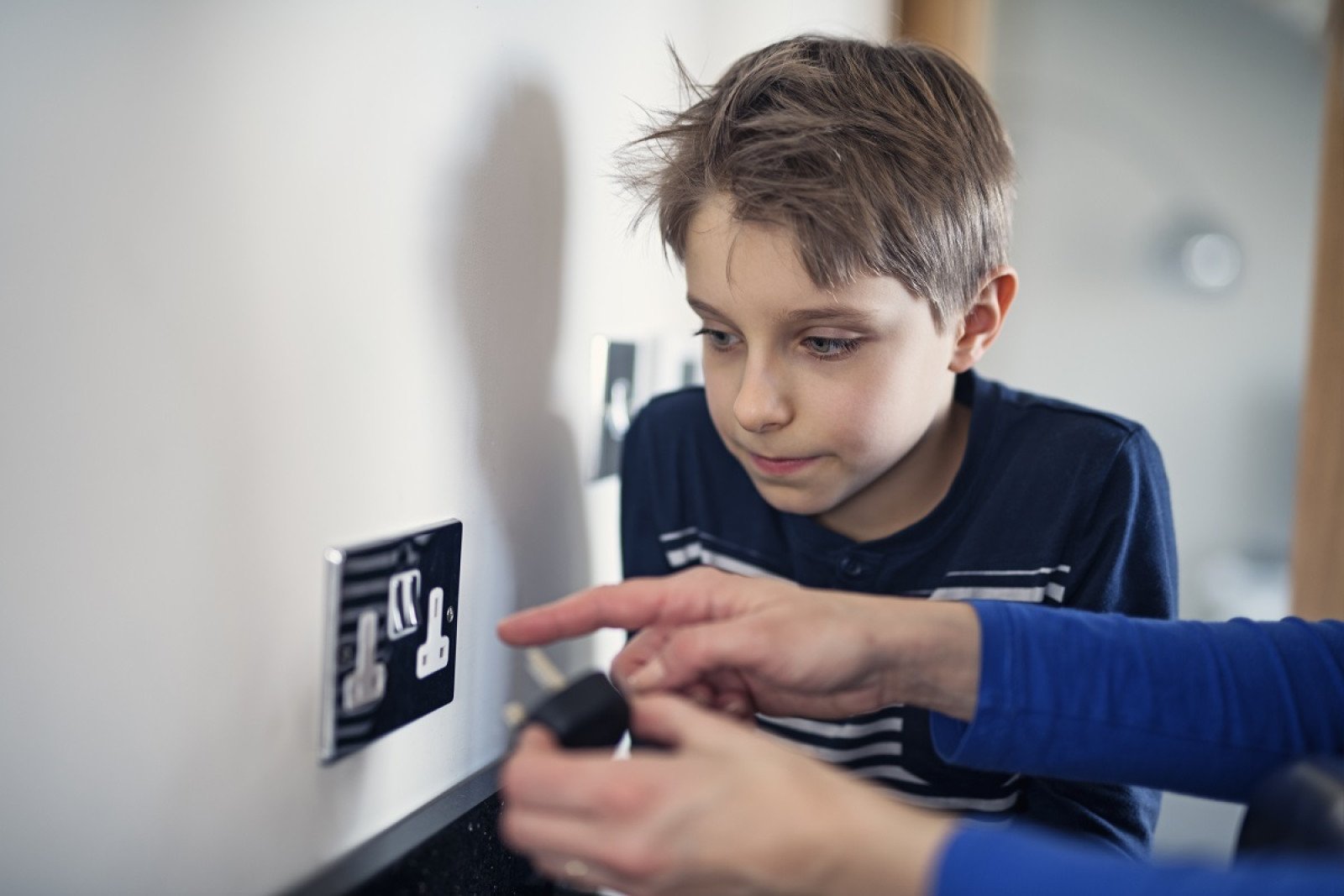
Overview
Get familiar with 10 important safety rules using this quick “fill in the blanks” activity.
Instructions
What you'll need
- "Electrical safety review" worksheet
- Ask students what they know about electrical safety:
- Have they ever seen a downed power line?
- What are some other hazardous situations that involve electricity?
- Hand out the "Electrical safety review" worksheet and have students read over the page with a partner, discussing which words best fit in the blanks.
- Go over the answers with the whole class.
Modify or extend this activity
- Ask students for any questions or stories about electrical safety.
Curriculum Fit
Grade 4, 5 Physical and Health Education
Curricular competencies
Social and community health
- Identify and describe strategies for avoiding and/or responding the potentially unsafe, abusive or exploitative situations
- Describe and apply strategies that promote a safe and caring environment
Grade 6, 7 Physical and Health Education
Content
- Basic principles for responding to emergencies
Curricular competencies
Social and community health
- Identify and describe strategies for avoiding and/or responding the potentially unsafe, abusive or exploitative situations
Assessments
- Assess students' participation in the classroom discussions.
- Assess students' ability to complete the worksheet.
- Assess the ability of your students to communicate their understanding of how to stay safe around electricity.
Teaching Notes
Electricity awareness
- Electricity will take all paths – not just the quickest path – to reach the ground.
- Any object can be a path for high voltage electricity that is carried in power lines either above or underground, or within padmount transformers.
- Electrical contact can cause electric shock. A person who has been shocked can be unable to disconnect themselves. Electric shock can cause burns, serious internal injuries or electrocution.
- Electrocution is the term used for a death caused by electrical contact.
- Touching any object that is itself connected to live electricity can result in you becoming a path to ground. For example, if you touch a tree or ladder that becomes energized by electricity, you become a path to ground. This is called touch potential.
- Point of contact refers to the place on an object or the ground that is touching the source of electricity.
- Electricity moves from high to low concentrations and spreads away from a point of contact on the ground in concentric circles. If a person is standing with one foot on an energized part of the ground and the other foot on a less energized piece of ground, electricity will move through the person. This is called step potential.
- The best way to move away from ground that is electrically charged is to shuffle or hop. You need to get farther than 10 metres from the ground’s point of contact.
- Shuffle with your feet close together. The heel of the front foot should not pass the toes of the back foot.
- Water is an excellent conductor of electricity. Water and electricity do not mix.
- High voltage electricity can move through all types of materials including metals, wood, rubber and soil.
- Stay at least three metres away from any power line that is above ground.
- Stay back at least 10 metres from a downed power line.
- Call 911 if you see a downed or damaged power line.
- Remember these three words: Down. Danger. Dial.
BC Hydro outages and safety is a great source for additional safety information.








